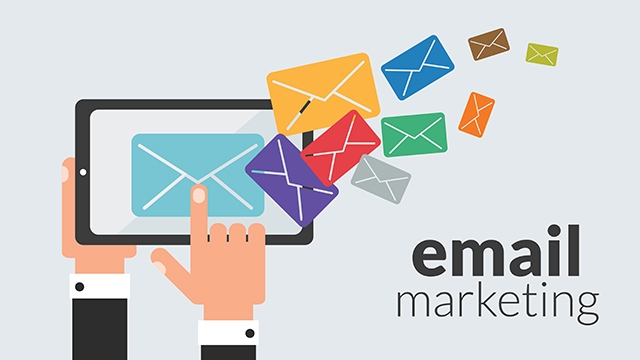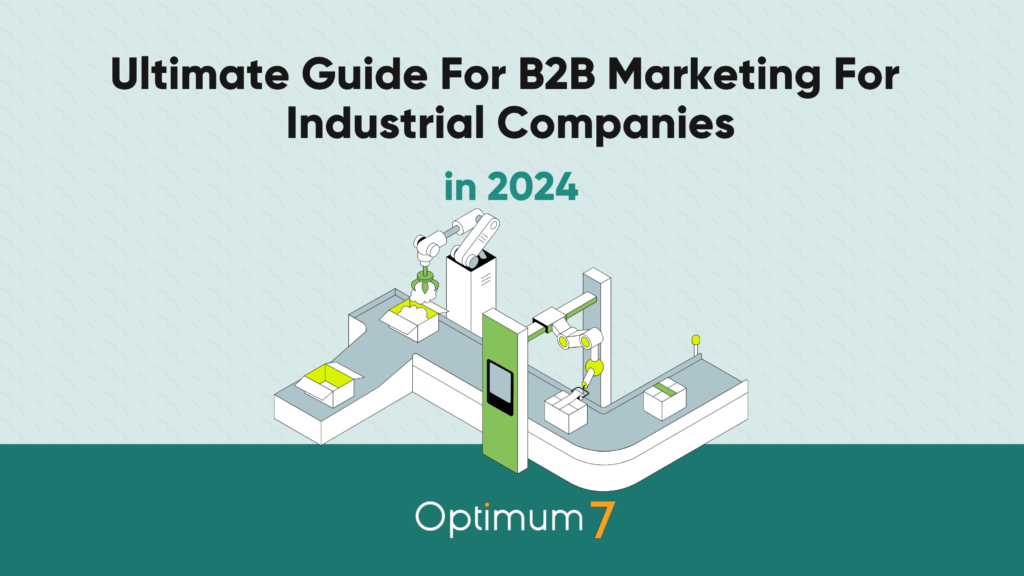A drip marketing strategy is a type of email marketing automation that involves sending pre-written emails at specified time intervals after an email address has been initially captured into your mailing list. The purpose is to send targeted emails with strong value propositions that keep leads interested in your product or service for eventual conversion.
There are 4 primary components to executing a basic drip marketing strategy:
- Value Propositions (a case study, whitepaper, template, ebook)
- Follow-Up Emails (to follow initial opt-in)
- Email Platform (to automate email sending)
- List Building (to build a list to send emails to)
A drip marketing strategy should behave symbiotically with your other inbound marketing strategies. It shouldn’t be the only method you rely on to get leads or the only method of email marketing to engage in. It should be another crucial cog in the machine to generate valuable leads that have already shown interest in your products or services and have therefore shown positive intent.
1. Value Propositions
A value proposition needs to exude value for your target audience. In essence, it’s what you’re giving your target audience in exchange for their email to be added to your mailing list. A drip marketing strategy begins with a give and take, first you give the user a valuable piece of something and then you take the email address they give you in exchange.
Next, you use their email to guide them down your conversion funnel with a steady stream of irresistible follow-up emails. Your value proposition must to be relevant to whatever the user is looking for or interested in.
Good examples of a strong value propositions include having a detailed e-book or whitepaper on something your business could be considered an expert in. It can’t be a weak or fluffy piece of content that tells the recipient something they already know or something they could find with a 5-second Google search—and it must be relevant to what the user was initially looking for or interested in.
Every value proposition should be offered in a professional and presentable manner. You can download templates from Graphicriver to level up the professionalism of your content. Sending plain Word docs or PowerPoint presentations isn’t going to cut it. Value propositions should set the right expectations for your leads.
2. Follow-up Emails
Users who submit their email addresses will begin to receive follow-up emails after getting the first value proposition. These follow-up emails also need to have strong value propositions, but they don’t need to give something as valuable as the first value proposition.
They should provide relevant, informational tidbits that are just enough to keep the recipient waiting on their toes for your next email. You can get away with including this valuable content in the body of the follow-up emails. The number of follow-up emails you should use varies, but it’s good to have at least 10 follow-up emails ready by the time you launch your first campaign with 3-4 additional emails added every month.
Every 2nd or 3rd email should include a clear call-to-action beckoning the user to visit your site to complete a desired action. If you’re selling a product, then potentially throwing in a nice discount or bonus offer could be enough to tip the user in your favor.
If you’re selling a service, then it depends on what it is. If you’re a business with consultative experience, a free consultation could get you on a direct phone call with the lead. If your service is more physical in nature, a discount or bonus offer could work as well.
Sometime after the 5th or 6th email, it would be a good idea to throw in a second strong value proposition equivalent to the first you gave the user that signed up for your mailing list. This value proposition, like the first one, should be on a professional and presentable template. We use a Mailgun Client called Mailem.io for setting up follow up emails.
3. Email Platform
Choosing an email platform to set up and conduct your drip marketing strategy through is a crucial part of executing a drip marketing strategy. There are generally two types of email platforms on the market right now: email blast-geared and newer, automation-geared platforms.
If you’re planning on sticking with a basic drip marketing strategy for the foreseeable future, an email platform that offers simple time-based autoresponders would probably be good enough for you. A platform such as AWeber, MailChimp, or SendGrid can work well enough. In fact, some of these older platforms have recently been adding more and more advanced automation features.
However, if you would want to quickly expand your email marketing strategy using more complex targeting and automation, you’d probably want to go for one of the email platforms geared towards that. More complex email platforms include Drip, SendWithUs and Constant Contact.
Make sure to compare pricing plans and feature sets for different platforms in order to choose the one that best fits your needs and growth strategy.
4. Building Your List
Now that you’ve got a general idea of what you’ll be needing to start out, you need to finalize the last piece of the puzzle to start executing your drip marketing strategy.
How will you get the emails to build your mailing list? Turns out there are various ways to do this:
- One of the most common ways to build your mailing list is to have an exit intent popup on your website. This type of popup appears when a user shows an intent to leave your website, it’s a last ditch effort to get them to stay. The pop-up should offer the first value proposition you have in exchange for the user giving you their email address. If your website is on WordPress, there are many plugins that can do this for you.
- Another method is to run an ad campaign on Google and Facebook targeting your desired audience via keywords, demographics and interests and directing them to a targeted landing page. This is where there would be a simple form and information regarding the benefits of your first value proposition.
In both cases, once users submit their emails with the form, they’ll immediately be able to download your first value proposition. This could be done when they hit the submit button, being redirected to a download page or receiving an immediate email with a download link.
There are a myriad of more creative and targeted ways to capture email addresses from your target audience. But these two methods are the most simple to implement for a basic drip marketing strategy.
Beyond a Basic Strategy
A drip marketing email strategy can be an extremely effective way of staying in front of your target audience and delivering messages that are highly anticipated and valuable. This helps you stay in front of your target audience while slowly convincing them to take the desired action.
A drip email marketing strategy is also very scalable. If you choose a more advanced and automated email marketing platform, you can trigger messages to be sent based on a variety of criteria and user behavior. This allows you to deliver hyper-targeted, super specific messages. Examples of these triggers could include someone who opened or did not open one of your messages, if they visited a specific page on your website—or if they did or didn’t click on a link in an email within a specific amount of time.
A drip marketing strategy can grow and expand with your needs. For the best results, make sure that it’s an integral part of your overall inbound marketing strategy and you’ll be well on your way to seeing the changes you’re looking for. If you need assistance building a drip email campaign for your business or organization, drop us a line or send us a shout out and we’ll help guide you!




